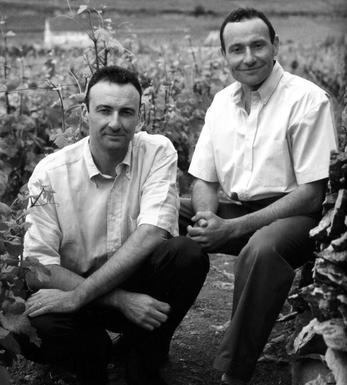
2010 Gevrey Chambertin, Cuvee Ostrea Domaine Trapet - duplicate of 62454

Critics reviews
Allen Meadows - burghound.com - Jan 2013
About this WINE

Domaine Trapet
Domaine Louis Trapet in Burgundy was actually established by Louis's son Arthur, back in 1870, when he began acquiring vineyards and laying the foundations for the present Domaine. The Trapets now have 12 hectares of vines including 1.9 hectares of the hallowed Chambertin.
The Domaine is currently run by Jean-Louis Trapet, son of Jean and cousin of the Rossignol Trapets. He is married to an Alsacienne, Andrée, and together they maintain links with and make wine from Alsace, though production remains firmly centered on Gevrey-Chambertin. Jean-Louis moved towards biodynamic farming in the mid 1990s, working first with guru Francois Bouchet and now with Pierre Masson. The domaine has been certified by Biodivin since 1998 and Demeter from 2005.
Jean-Louis would rather talk about the philosophy of wine than the detail of winemaking, but the broad brush outline is partial destemming, a cool pre-fermentation maceration before a long fermentation, then the descent by gravity of the wine to the barrel cellar, with 30 to 75% new oak used according to the cuvée. He uses no sulphur at harvest or during the vinification and maturation processes, just adding a small dose at bottling.
The wines are succulent and rounded and make an interesting contrast to the tighter, more precise style of Jean-Louis’s cousins at Domaine Rossignol-Trapet. These are wines that tend more towards elegance and finesse rather than power and extract - the exception being Le Chambertin which displays concentrated fruit and great intensity.
Jasper Morris MW, Burgundy Wine Director and author of the award-winning Inside Burgundy comprehensive handbook.

Pinot Noir
Pinot Noir is probably the most frustrating, and at times infuriating, wine grape in the world. However when it is successful, it can produce some of the most sublime wines known to man. This thin-skinned grape which grows in small, tight bunches performs well on well-drained, deepish limestone based subsoils as are found on Burgundy's Côte d'Or.
Pinot Noir is more susceptible than other varieties to over cropping - concentration and varietal character disappear rapidly if yields are excessive and yields as little as 25hl/ha are the norm for some climats of the Côte d`Or.
Because of the thinness of the skins, Pinot Noir wines are lighter in colour, body and tannins. However the best wines have grip, complexity and an intensity of fruit seldom found in wine from other grapes. Young Pinot Noir can smell almost sweet, redolent with freshly crushed raspberries, cherries and redcurrants. When mature, the best wines develop a sensuous, silky mouth feel with the fruit flavours deepening and gamey "sous-bois" nuances emerging.
The best examples are still found in Burgundy, although Pinot Noir`s key role in Champagne should not be forgotten. It is grown throughout the world with notable success in the Carneros and Russian River Valley districts of California, and the Martinborough and Central Otago regions of New Zealand.


Buying options
Description
An exceptionally fresh and expressive nose offers up notes of an array of wild red berries with top notes of rose petal, violet and lavender along with plenty of pungent Gevrey-style earth. There is a relatively sophisticated mouth feel to the medium-bodied flavors as the supporting tannins possess a fine-grain before terminating in a saline, deep and seriously long finish. This is a flat out fantastic villages and highly recommended.
Allen Meadows - burghound.com - Jan 2013
wine at a glance
Delivery and quality guarantee